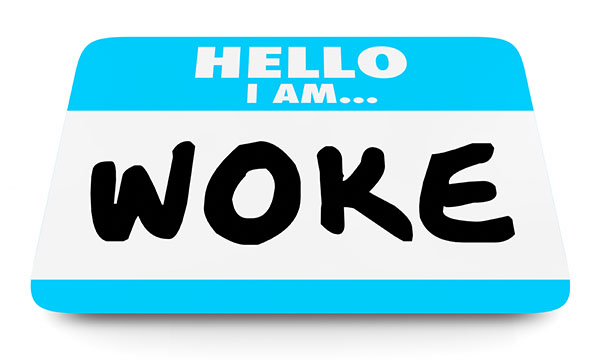 Parler
Parler Gab
Gab
Fat and ugly, the new normal
One of the earliest iconic female video game characters with what Microsoft would now consider to be "exaggerated body proportions" is Lara Croft from the popular "Tomb Raider" video game series. If Croft were to be redesigned according to Microsoft's new guide, she would likely be grossly overweight with purple hair, piercings and saggy breasts – if she would even be given breasts at all. Another female video game character with proportions that Microsoft disapproves of is Bayonetta, a fantasy character seen throughout the action-adventure video game known by the same name. Another "controversial" video game in this regard is "Stellar Blade," which uses a Korean model for the main character's appearance. Microsoft emphasizes in its guide that most of the world's video game media, around 80 percent, is created in the United States, and yet so little of it reflects how American and U.S. females actually look and sound. "Research shows that players prefer to play characters that look like them and are more likely to purchase and play experiences where they align to the character's identity," Microsoft says. In other words, American and U.S. females tend to be larger, louder and less desirably curvy, according to Microsoft, which means more of that kind of female character needs to be designed into video games consumed by the U.S. market. Microsoft is fearful that 57 percent of gamers, according to the latest data, avoid playing certain video games because there are no characters in the storyline that look and sound like them. Further, nearly half of all retail consumers have shifted away from brands and content that lacks their "value in diversity & inclusion." As such, the prescription for fixing all this, according to Microsoft, is to create more slobby, ugly and obese video game characters that look and sound like the people who are playing such games, that way these consumers will continue to buy and play them. "Having your story told is a universal human need, but for many in marginalized communities or in markets outside of the U.S., it's rare to be represented in media, let alone games, and as a result, some people could feel like a secondary consumer for our content," Microsoft says, calling this its primary "customer challenge." More related news can be found at Twisted.news. Sources include: RT.com NaturalNews.com Microsoft.comMolecular geneticist explains how mRNA vaccines were designed to conquer the human mind
By Cassie B. // Share
Democrats allegedly used “Black Epstein” to scare millennials with “Vote or Die!” campaign
By Ethan Huff // Share
Hezbollah leader says Israel’s very existence is now at risk
By Richard Brown // Share
Report: U.K. spending tens of millions on WOKE RESEARCH
By Ava Grace // Share
Governments continue to obscure COVID-19 vaccine data amid rising concerns over excess deaths
By patricklewis // Share
Tech giant Microsoft backs EXTINCTION with its support of carbon capture programs
By ramontomeydw // Share
Germany to resume arms exports to Israel despite repeated ceasefire violations
By isabelle // Share










